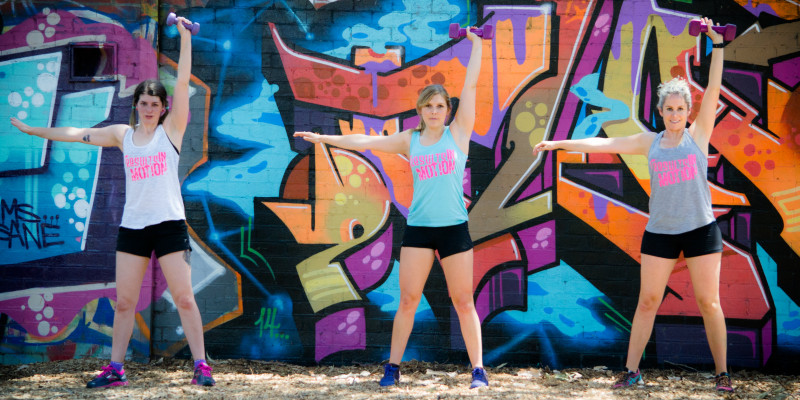We all will hear an interesting health fact every now and then and sometimes it is hard to remember what source from. Whether it be a shit talking co-worker or a wanna be vegan, chances are that you believe something you shouldn’t.
#1 ALL THE EXERCISE IN THE WORLD WILL NOT MAKE UP FOR A POOR DIET. The most basic rule for weight loss is to eat and drink less kilojoules than you use. The human body uses a certain amount of kJs for everyday functions like breathing and pumping blood but the rest depends on how physically active you are. If you are eating/ drinking absolute crap all that time training won’t burn those kJs. Choose natural foods (fruits, vegetables, meat, fish and dairy products) that provide the most nutrients without the unnecessary bad stuff!
#2 SKIPPING BREAKFAST IS GOOD FOR WEIGHT LOSS. Absolutely NOT!!! The importance of brekky says it in the name – it helps to ‘break your fast’ after a long period of not eating. You will often find when people skip eating their breakfast they get super hungry by mid morning and reach for something quick and easy (which will, majority of the time be loaded with sugar or be high in fat). This tends to lead to a developed routine of not being able to stomach food in the morning. If this happens try hard to break this habit and get up earlier and try to do some physical activity (even walking) to get your appetite ready for breakfast.
#3 ALCOHOL HAS NEARLY AS MANY KILOJULES PER GRAM AS FAT. Sad, but true. I hate to break it to you all but each gram of alcohol has 29kJs, which is rising up towards a gram of fat (37kJ) and is way ahead of carbohydrates and protein (17kJ per gram). Oh and wait for it… this is BEFORE we factor in soft drinks and mixers (UH OH!!!!). Whether we like it or not this is the reality and unlike carbs or protein, alcohol has absolutely no benefit for the body – this is why we often hear alcohol referred to as ’empty kilojules’. Lay off the beers everyone!
#4 EVERY BIT OF PHYSICAL ACTIVITY COUNTS. Everyday we consume energy from food and drink. Some of that energy goes towards moving our body and muscles while some of it goes to keeping us alive and in balance. The excess is stored in the body, usually as fat. Since every movement we make requires our muscles to burn energy – every move and step we take can have an impact on those EXCESS kJs. IT ALL HELPS! Taking the stairs as apposed to taking the lift up to the next floor can make a difference.















